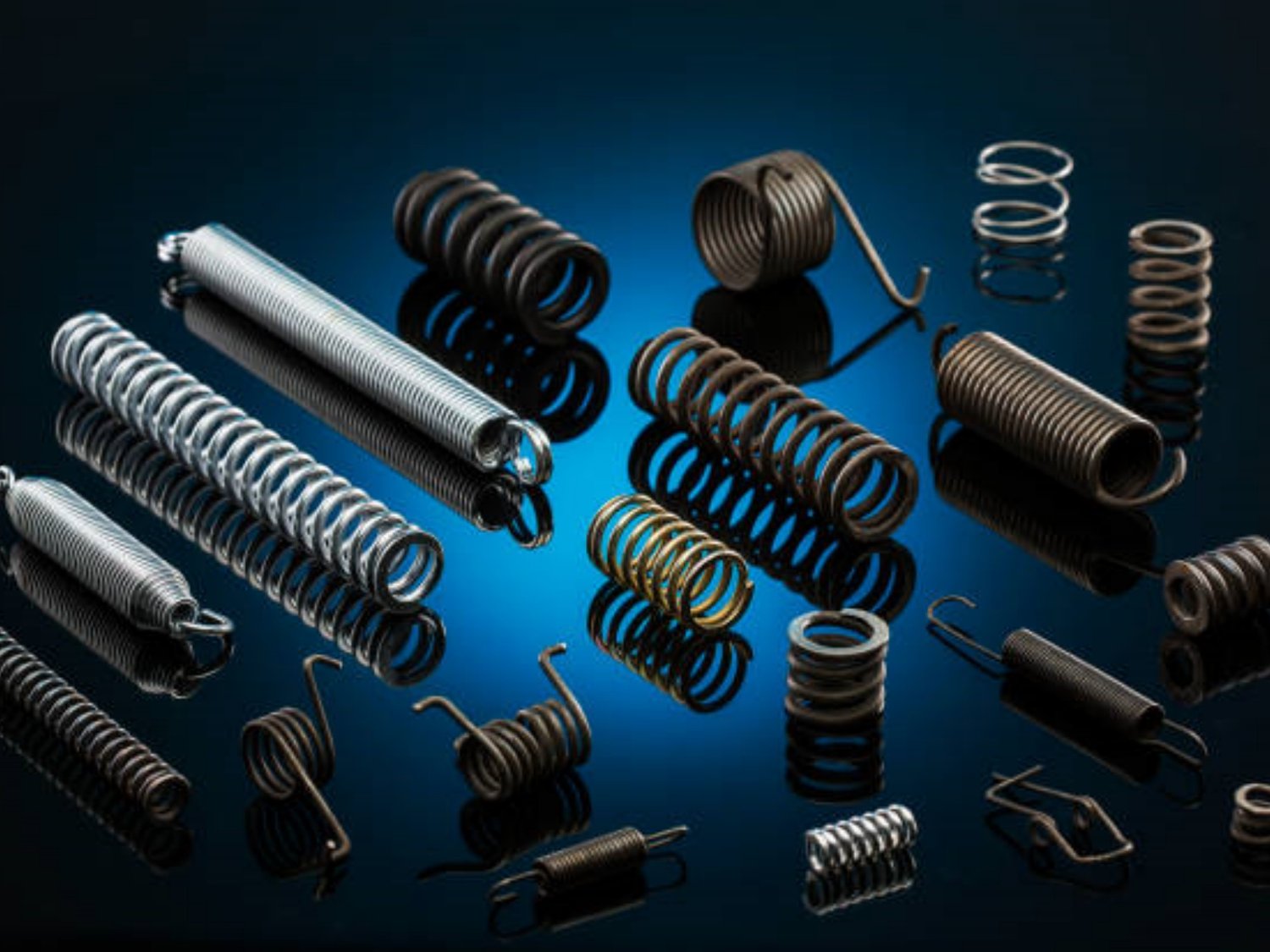Understanding the Importance of Properly Tensioned Springs
A properly tensioned spring is crucial for various mechanical systems and devices. Whether you are dealing with a garage door, a watch, or even a trampoline, understanding how to tension a spring is essential for ensuring its optimal performance and longevity. In this comprehensive guide, we will walk you through the step-by-step process of tensioning a spring correctly, highlighting key considerations and techniques along the way.
Gathering the Required Tools
Before you begin tensioning a spring, it is important to gather all the necessary tools. These tools may include a pair of pliers, a spring tension gauge, safety goggles, and gloves. Having these tools ready will help you perform the task safely and efficiently.
Identifying the Type of Spring
There are various types of springs, such as extension springs, compression springs, and torsion springs. Each type requires a slightly different approach when it comes to tensioning. Before you proceed, make sure you have correctly identified the type of spring you are working with, as this will guide you in the tensioning process.
Measuring the Initial Tension of Tensioned Springs
Prior to adjusting the tension of a spring, it is crucial to measure its initial tension. This step helps you determine how much adjustment is needed. To measure the initial tension, you can use a spring tension gauge, which provides an accurate reading of the force exerted by the spring. Note down this measurement as a reference point for the subsequent tensioning process.
Applying Tension Gradually
When tensioning a spring, it is important to apply the tension gradually. Rapid or excessive tension can lead to spring failure or even personal injury. Start by applying a small amount of tension and gradually increase it, ensuring that you do not exceed the recommended tension limit specified by the manufacturer.
Using Pliers for Extension Springs
If you are working with extension springs, pliers can be a useful tool for tensioning. Begin by attaching the pliers to one end of the spring and slowly pull it in the direction opposite to its natural resting position. Remember to apply tension in a controlled manner, avoiding sudden jerks or movements.
Utilizing a Tensioning Tool for Compression Springs
Compression springs require a different approach for tensioning. A tensioning tool, specifically designed for compression springs, is often used in this process. This tool allows you to compress the spring effectively, adjusting the tension as required. Make sure to follow the manufacturer's instructions while using a tensioning tool to ensure safe and accurate tensioning.
Seeking Professional Help for Torsion Springs
Torsion springs, commonly found in garage doors, can be extremely dangerous to tension without proper knowledge and tools. Due to the high level of tension involved, it is highly recommended to seek professional assistance when working with torsion springs. Professional technicians have the expertise and specialized tools needed to handle these springs safely and efficiently.
Testing the Tension
Once you have adjusted the tension of the spring, it is important to test its performance. This step allows you to ensure that the spring is functioning as intended. Depending on the application, this may involve observing the movement of a door or measuring the force exerted by the spring using a tension gauge. If the tension is not satisfactory, you may need to repeat the tensioning process.
Maintaining Regular Inspections
After tensioning a spring, it is crucial to perform regular inspections to ensure its ongoing functionality. Over time, springs may lose tension or wear out, requiring readjustment or replacement. By conducting periodic inspections, you can identify any issues early on and take appropriate action to maintain the optimal tension of the spring.
Conclusion
Tensioning a spring correctly is essential for ensuring its proper functionality and longevity. By following the step-by-step guidelines provided in this article, you can confidently tension various types of springs, from extension springs to compression springs. Remember to prioritize safety throughout the process and seek professional assistance when dealing with potentially dangerous springs. With proper tensioning and regular maintenance, your springs will continue to perform their intended tasks effectively.

